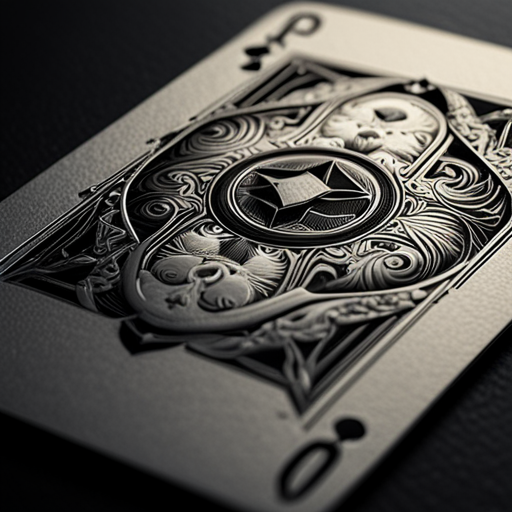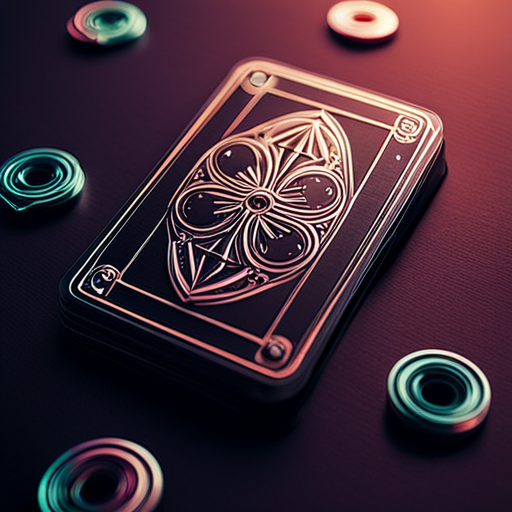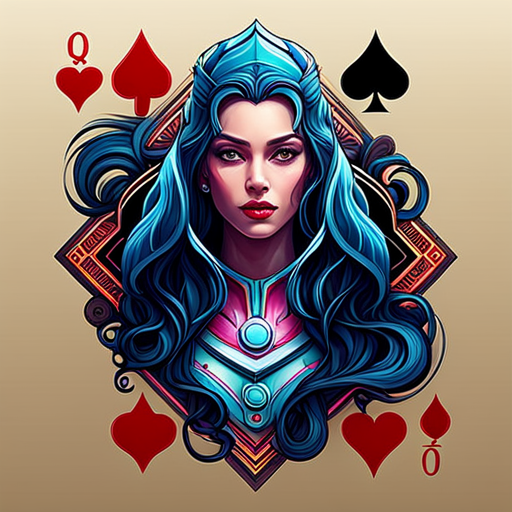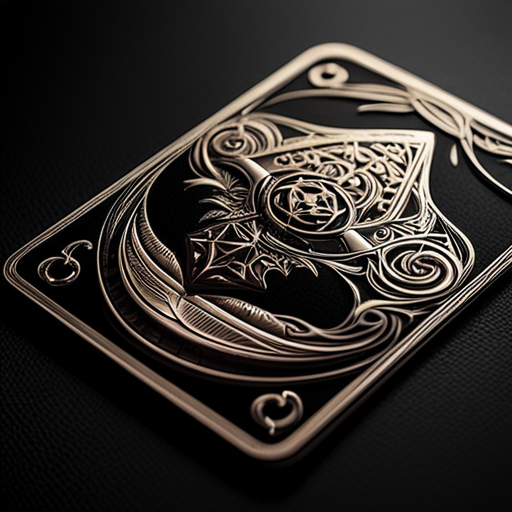Origins of Modern Art
Modern art emerged as a revolutionary departure from traditional artistic norms, challenging established conventions and exploring new forms of expression. The roots of modern art can be traced back to the late 19th century, a period marked by profound social, political, and technological changes. Artists sought to break free from the constraints of realism and capture subjective experiences and emotions in their work.
One pivotal moment in the evolution of modern art was the Impressionist movement, characterized by its emphasis on light, color, and spontaneity. Artists like Claude Monet and Edgar Degas rejected academic conventions, opting to paint everyday scenes and landscapes with a fresh, innovative approach.
As the 20th century progressed, modern art continued to evolve with the emergence of avant-garde movements such as Cubism, Surrealism, and Abstract Expressionism. Cubist pioneers like Pablo Picasso and Georges Braque fragmented forms, challenging viewers to perceive reality from multiple perspectives.
Surrealists like Salvador Dalí and René Magritte delved into the subconscious, creating dreamlike imagery that defied logical interpretation. Abstract Expressionists such as Jackson Pollock embraced spontaneity and gestural brushstrokes, emphasizing emotional expression over representation.
London played a crucial role in the development of modern art, with influential exhibitions like the Post-Impressionist and Futurist exhibitions shaping artistic discourse. The city became a hub for artistic experimentation, fostering dialogue among diverse creative minds.
Deck of Art celebrates the origins of modern art by curating collections that reflect the spirit of innovation and creativity. Our portfolio showcases works that challenge conventions and invite viewers to experience art in new and exciting ways.
In summary, the origins of modern art represent a transformative period in artistic history, characterized by experimentation, innovation, and a departure from traditional norms.
Key Movements in Modern Art
Modern art encompasses a rich tapestry of diverse movements that have shaped the trajectory of artistic expression over the past century. At Deck of Art, we celebrate the evolution of modern art by highlighting key movements that have left an indelible mark on the artistic landscape.
1. Impressionism: Originating in the late 19th century, Impressionism revolutionized art by emphasizing the fleeting effects of light and atmosphere. Artists like Claude Monet and Pierre-Auguste Renoir captured everyday scenes with loose brushwork and vibrant colors. Read more about Modern Art Impressionism
2. Cubism: Led by Pablo Picasso and Georges Braque, Cubism shattered traditional notions of perspective and representation. This movement, characterized by fragmented forms and geometric shapes, revolutionized how artists conceptualized space and form. Read more about Modern Art Cubism
3. Surrealism: Surrealism emerged in the early 20th century as a response to the trauma of World War I. Artists like Salvador Dalí and René Magritte explored the realms of dreams and the subconscious, creating fantastical and provocative imagery. Read more about Modern Art Surrealism
4. Abstract Expressionism: Post-World War II, Abstract Expressionism emerged as a profound artistic movement characterized by spontaneous, gestural painting. Artists like Jackson Pollock and Willem de Kooning emphasized emotional expression and the act of creation itself. Read more about Modern Art Abstract Expressionism
5. Pop Art: In the 1950s and ’60s, Pop Art challenged the boundaries between high and low culture by incorporating elements of consumerism and mass media. Artists like Andy Warhol and Roy Lichtenstein transformed everyday objects into iconic works of art. More about Modern Pop Art
6. Minimalism: Minimalism emerged in the 1960s as a reaction against the excesses of Abstract Expressionism. Artists like Donald Judd and Agnes Martin focused on simplicity, geometric forms, and a reductionist aesthetic. You can read more about Modern Art Minimalismy
7. Contemporary Art: Contemporary art encompasses a diverse range of practices and approaches, reflecting the complexities of our modern world. From installation art to new media, contemporary artists push boundaries and challenge conventions. Read more about Contemporary Art
At Deck of Art, we celebrate the spirit of innovation and creativity embodied by these key movements in modern art. Our curated collection reflects the diversity and dynamism of artistic expression, inviting you to explore the ever-evolving landscape of contemporary creativity.
London’s Influence on Modern Art
London has played a pivotal role in shaping the trajectory of modern art, serving as a vibrant center of artistic innovation and cultural exchange. Throughout the late 19th and early 20th centuries, the city became a melting pot of creative ideas, attracting artists from around the world and fostering groundbreaking movements.
One of the key contributions of London to modern art was the establishment of influential art societies and exhibitions that showcased avant-garde works. The Post-Impressionist and Futurist exhibitions held in London introduced British audiences to radical new artistic styles, including the works of Vincent van Gogh, Paul Cézanne, and Umberto Boccioni.
London’s cosmopolitan atmosphere and openness to new ideas fueled artistic experimentation. The Bloomsbury Group, a collective of writers, intellectuals, and artists, challenged conventional norms and emphasized personal expression in their work. Figures like Virginia Woolf and Roger Fry advocated for a modernist aesthetic that rejected Victorian conventions.
During the mid-20th century, London became a hub for emerging artistic movements, including Pop Art and the YBA (Young British Artists) movement. Artists like David Hockney, Bridget Riley, and Damien Hirst gained international acclaim, reshaping the contemporary art landscape.
Today, London continues to be a dynamic center for modern art, with world-class institutions like the Tate Modern, Saatchi Gallery, and Whitechapel Gallery showcasing cutting-edge contemporary works. The city’s diverse artistic community and rich cultural heritage ensure that it remains a vibrant source of inspiration for artists and art enthusiasts alike.
At Deck of Art, we draw inspiration from London’s rich artistic legacy, curating collections that reflect the city’s spirit of innovation and creativity. Our commitment to contemporary art underscores the enduring influence of London on the global art scene.
In summary, London’s influence on modern art is profound and far-reaching, encompassing a legacy of artistic experimentation, cultural exchange, and creative vitality.
Deck of Art: Embracing Modern Art Trends
At Deck of Art, we are passionate about embracing and embodying the latest modern art trends. Our commitment to contemporary creativity is evident in our curated collections that showcase cutting-edge works from emerging and established artists.
Exploring Bold Color Palettes: Modern art trends often emphasize bold and vibrant color schemes. At Deck of Art, we celebrate the use of striking colors to evoke emotions and provoke thought. Our artists experiment with color to create visually captivating pieces that resonate with modern audiences.
Innovative Mixed Media: Contemporary art is characterized by innovative approaches to materials and techniques. Deck of Art features artists who push boundaries by incorporating unconventional mediums and mixed media elements into their artworks. This commitment to experimentation fosters a sense of excitement and discovery in our collections.
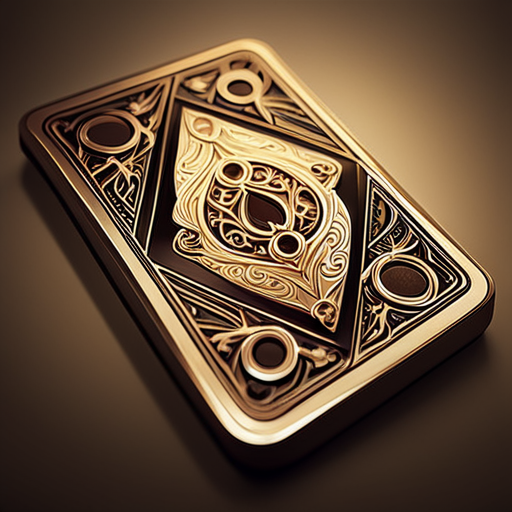
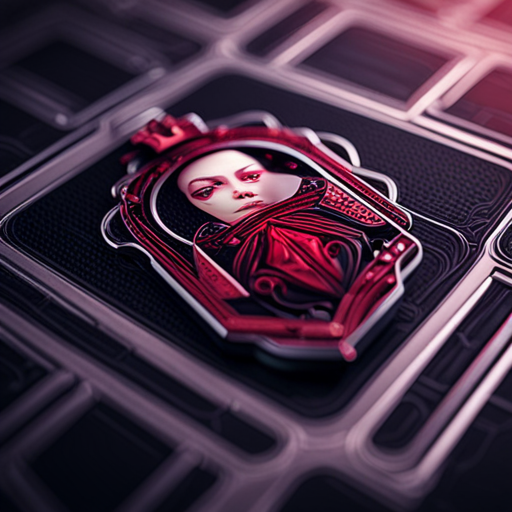
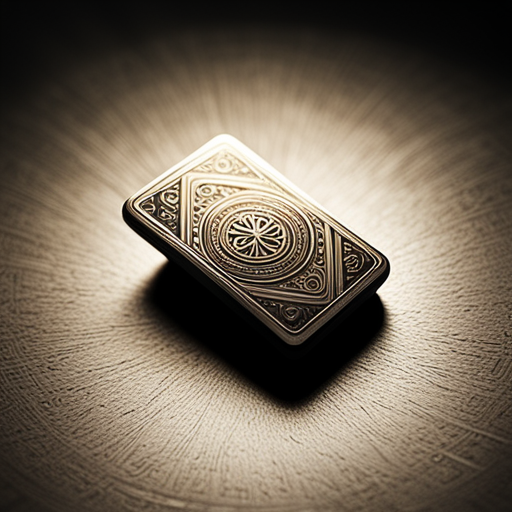


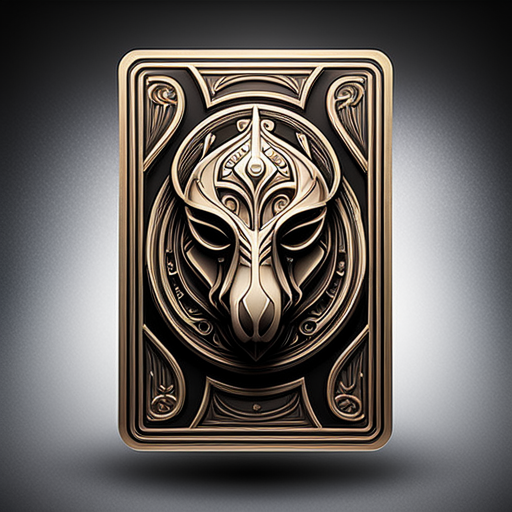
Embracing Technology: Modern art trends frequently intersect with technology. At Deck of Art, we showcase artworks that leverage digital media, interactive installations, and other technological innovations. This forward-thinking approach allows us to stay at the forefront of artistic innovation.
Celebrating Diversity and Inclusivity: Contemporary art reflects diverse perspectives and experiences. Deck of Art is committed to showcasing artworks that celebrate diversity and inclusivity, amplifying underrepresented voices and exploring themes of cultural identity and social change.
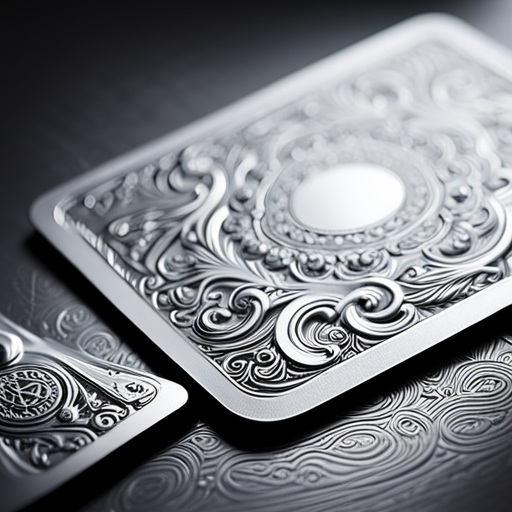
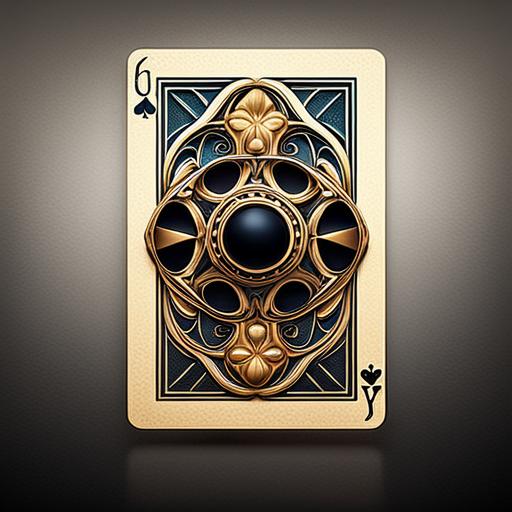

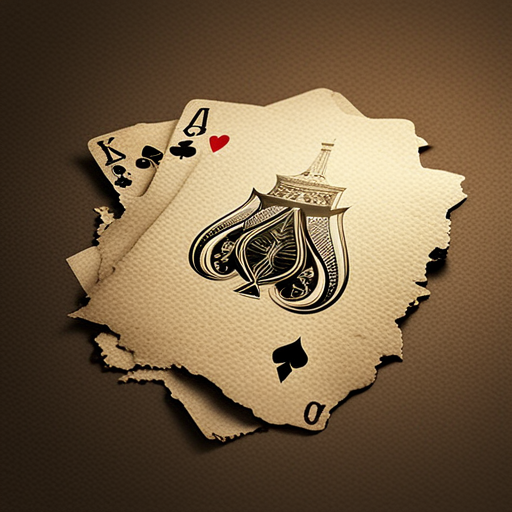


Environmental Consciousness: Many modern artists are addressing environmental issues through their work. At Deck of Art, we support artists who use their creativity to raise awareness about sustainability and environmental conservation, aligning with our commitment to responsible art practices.
Evolving Aesthetic Forms: Modern art is characterized by its evolving aesthetic forms. Deck of Art embraces fluid and dynamic artistic expressions, from abstract compositions to minimalist designs, ensuring a diverse range of styles that resonate with contemporary art enthusiasts.
Join us at Deck of Art as we navigate the ever-evolving landscape of modern art trends, celebrating creativity, innovation, and artistic exploration.
Influential Modern Artists Who Shaped the Art World
Modern art has been propelled forward by visionary artists who broke boundaries and redefined artistic norms. At Deck of Art, we pay homage to these influential figures who have left an indelible mark on the art world.
1. Pablo Picasso (1881-1973): Picasso is synonymous with modern art, having co-founded Cubism and pioneered innovative techniques that transformed artistic expression.
2. Claude Monet (1840-1926): A founding figure of Impressionism, Monet’s use of light and color revolutionized the way artists captured the essence of a scene.
3. Jackson Pollock (1912-1956): A central figure in Abstract Expressionism, Pollock’s drip painting technique challenged conventional notions of composition and form.
4. Frida Kahlo (1907-1954): Kahlo’s deeply personal and emotive paintings explored themes of identity, pain, and resilience, making her an icon of Surrealism.
5. Andy Warhol (1928-1987): Warhol spearheaded the Pop Art movement, elevating everyday objects into art and redefining notions of celebrity and consumerism.
6. Wassily Kandinsky (1866-1944): Kandinsky was a pioneer of abstract art, emphasizing the emotional and spiritual power of color and form.
7. Salvador Dalí (1904-1989): Dalí’s eccentric and dreamlike imagery embodied Surrealism, challenging reality and exploring the depths of the subconscious.
8. Georgia O’Keeffe (1887-1986): Known for her magnified flower paintings and Southwestern landscapes, O’Keeffe’s work captures the essence of American modernism.
9. Roy Lichtenstein (1923-1997): Lichtenstein’s iconic comic book-inspired Pop Art celebrated mass culture while critiquing the nature of representation.
10. Yayoi Kusama (b. 1929): Kusama’s immersive installations and polka-dot motifs have made her a leading figure in contemporary art, exploring themes of infinity and obsession.
These influential artists have shaped the trajectory of modern art, inspiring generations with their bold experimentation and visionary perspectives. At Deck of Art, we celebrate their legacy through our curated collection, offering a glimpse into the dynamic world of artistic innovation.
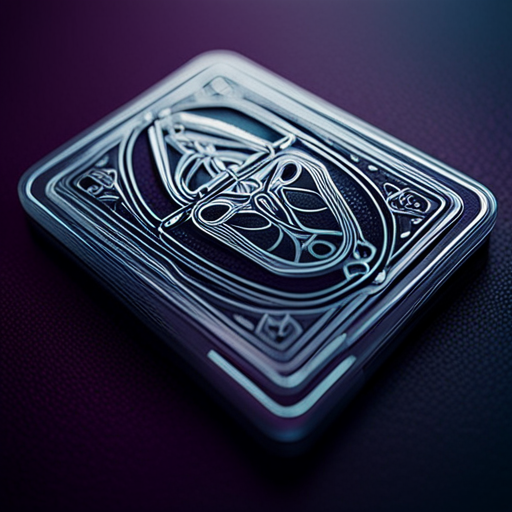
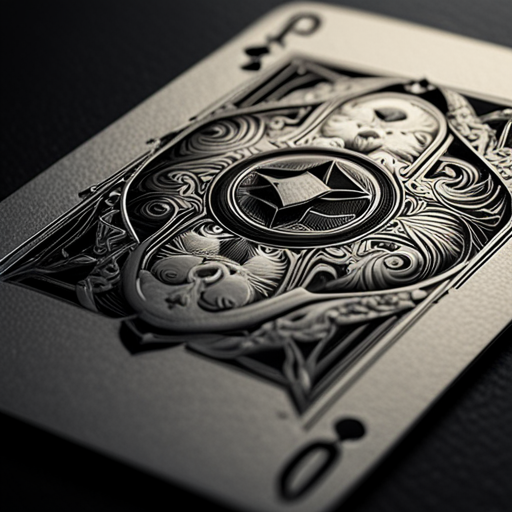
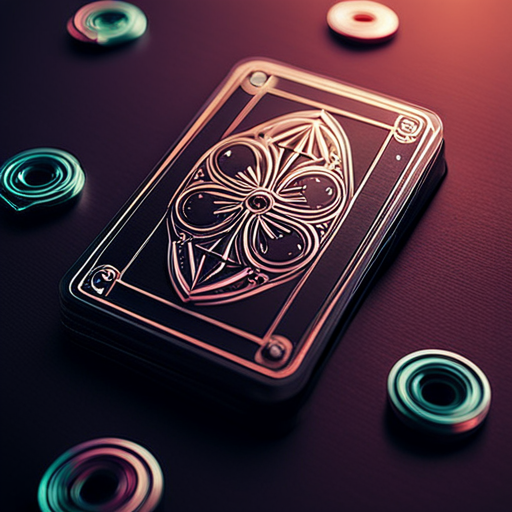


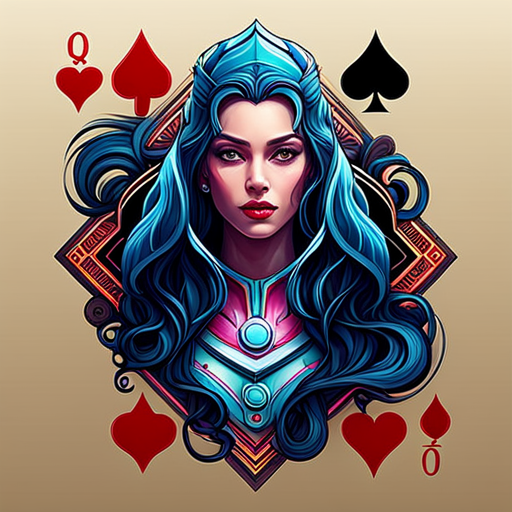
Abstract Expressionism
Abstract Expressionism represents a pivotal movement in the history of modern art, characterized by dynamic and expressive forms that challenge traditional artistic conventions. At Deck of Art, we delve into the world of Abstract Expressionism, celebrating its significance and impact on contemporary art.
Emotional Depth and Spontaneity: Abstract Expressionism prioritizes emotional depth and spontaneity over representational accuracy. Deck of Art showcases works that convey intense emotions through gestural brushstrokes, vivid colors, and dynamic compositions, inviting viewers to engage with the artist’s raw expression.
Freedom of Expression: This art movement embraces the freedom of expression, encouraging artists to explore their inner worlds and personal experiences. Deck of Art features Abstract Expressionist pieces that capture the essence of artistic liberation, reflecting a profound sense of individuality and creative autonomy.
Gesture and Movement: Abstract Expressionism emphasizes gesture and movement, with artists often employing sweeping brushstrokes and energetic marks to convey a sense of rhythm and vitality. Our collection highlights artworks that embody a sense of kinetic energy and artistic spontaneity.
Exploration of the Subconscious: Many Abstract Expressionist artists draw inspiration from the subconscious mind, tapping into dreams, memories, and emotions. Deck of Art presents artworks that explore the depths of the subconscious, offering viewers a window into the artist’s psyche and inner dialogue.
Global Influence and Legacy: Abstract Expressionism emerged as a globally influential movement, shaping the trajectory of contemporary art worldwide. At Deck of Art, we celebrate the enduring legacy of Abstract Expressionism and its ongoing impact on artistic practices and visual culture.
Explore the dynamic world of Abstract Expressionism at Deck of Art, where creativity knows no bounds and artistic expression takes center stage.
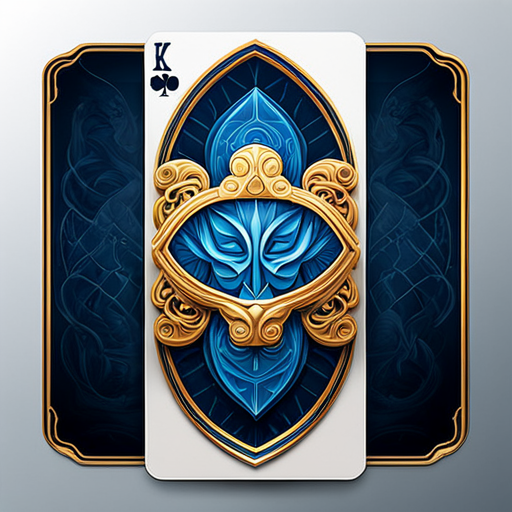

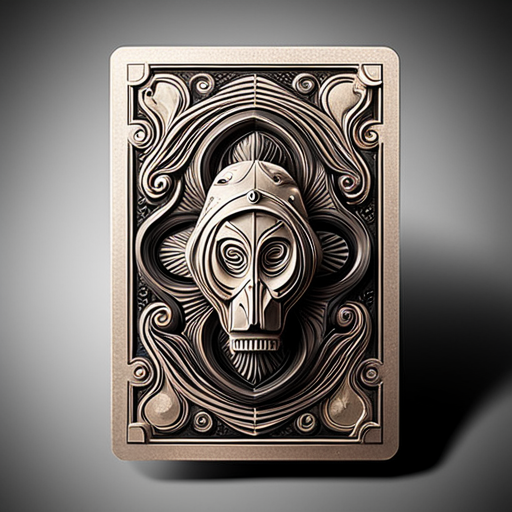
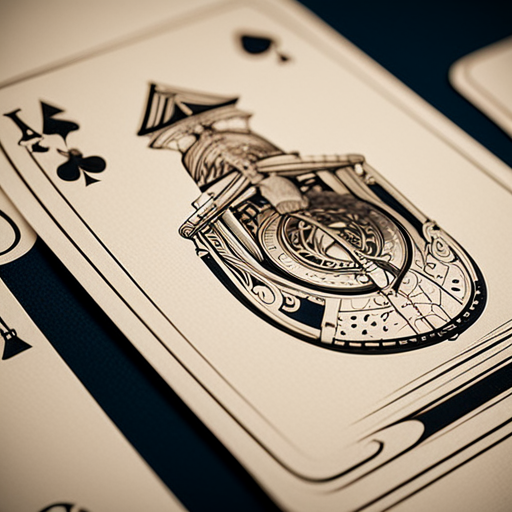


Evolution of Modern Art Styles: A Journey of Innovation
Modern art is characterized by a rich tapestry of evolving styles that reflect changing societal values, technological advancements, and artistic experimentation. At Deck of Art, we delve into the captivating evolution of modern art styles, each contributing to the vibrant mosaic of artistic expression.
1. Impressionism (1860s-1880s): Emerging in the late 19th century, Impressionism prioritized capturing fleeting moments of light and color in everyday scenes, challenging traditional academic painting.
2. Post-Impressionism (1880s-1890s): Post-Impressionists like Van Gogh and Gauguin pushed the boundaries of Impressionism, exploring emotional and symbolic themes through vivid color and expressive brushwork.
3. Cubism (1907-1920s): Picasso and Braque pioneered Cubism, breaking objects into geometric shapes and redefining spatial perspective to depict multiple viewpoints simultaneously.
4. Surrealism (1920s-1930s): Surrealists like Dalí and Magritte embraced the subconscious mind, creating dreamlike and irrational imagery that challenged rational thought and conventions.
5. Abstract Expressionism (1940s-1950s): Artists like Pollock and Rothko emphasized spontaneous, gestural brushwork and explored the emotional depths of color and form on vast canvases.
6. Pop Art (1950s-1960s): Pop artists such as Warhol and Lichtenstein celebrated consumer culture, mass media, and everyday objects by incorporating them into art, blurring the line between high and low culture.
7. Minimalism (1960s-1970s): Minimalists like Donald Judd and Agnes Martin stripped art down to its essential elements, emphasizing simplicity, geometric forms, and precision.
8. Conceptual Art (1960s-present): Conceptual artists like Duchamp and Abramović challenged traditional notions of art by emphasizing ideas over aesthetics, often employing unconventional materials and practices.
9. Contemporary Art (1980s-present): Contemporary artists embrace diverse mediums and styles, from installation art to video art, reflecting the complexities of global culture and digital age concerns.
10. Street Art (1980s-present): Street artists like Banksy and Shepard Fairey bring art into public spaces, addressing social and political issues through murals, graffiti, and urban interventions.
The evolution of modern art styles is a testament to the boundless creativity of artists who continually push artistic boundaries. At Deck of Art, we celebrate this rich legacy by offering a curated collection that showcases the diversity and innovation of modern art.

